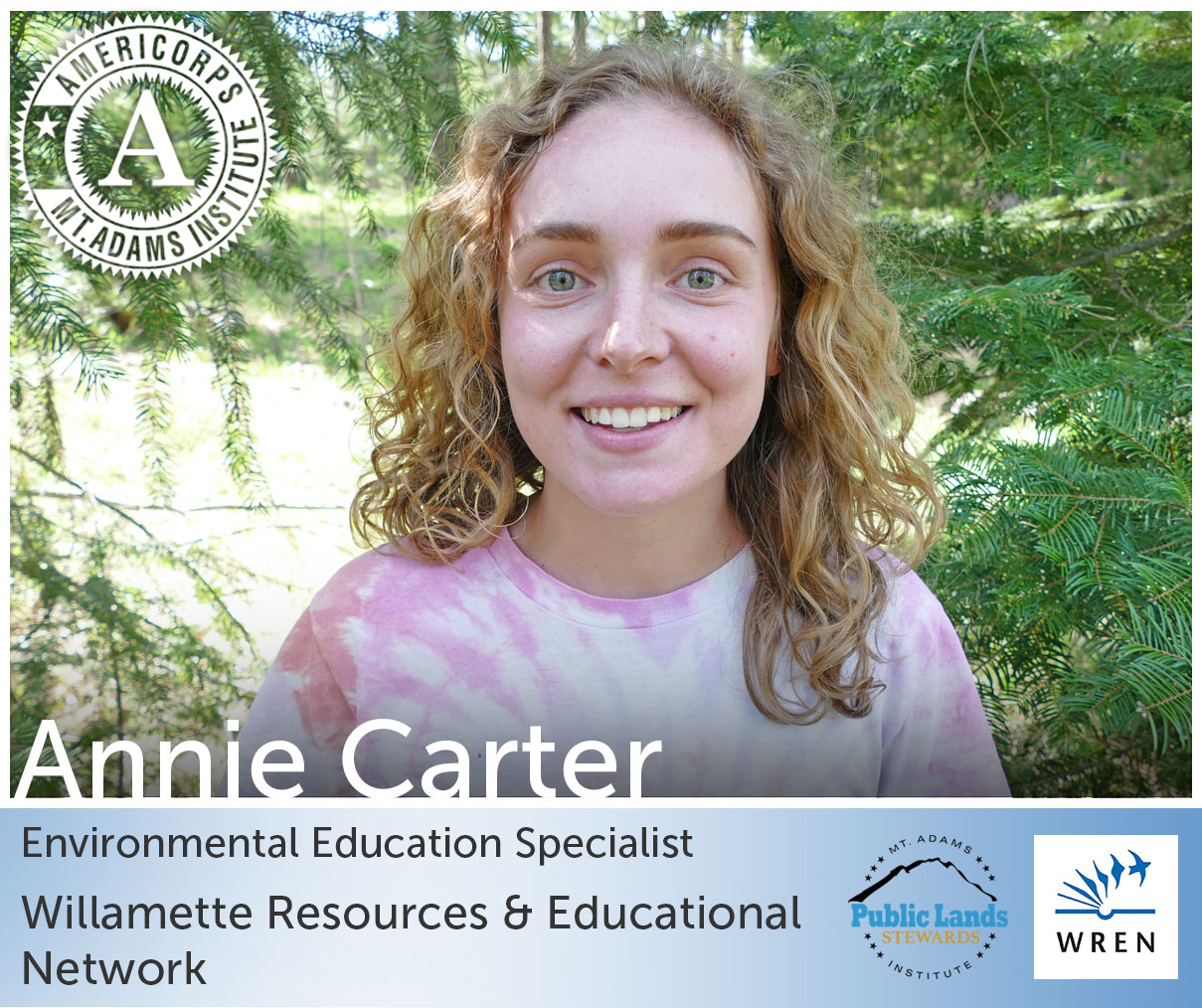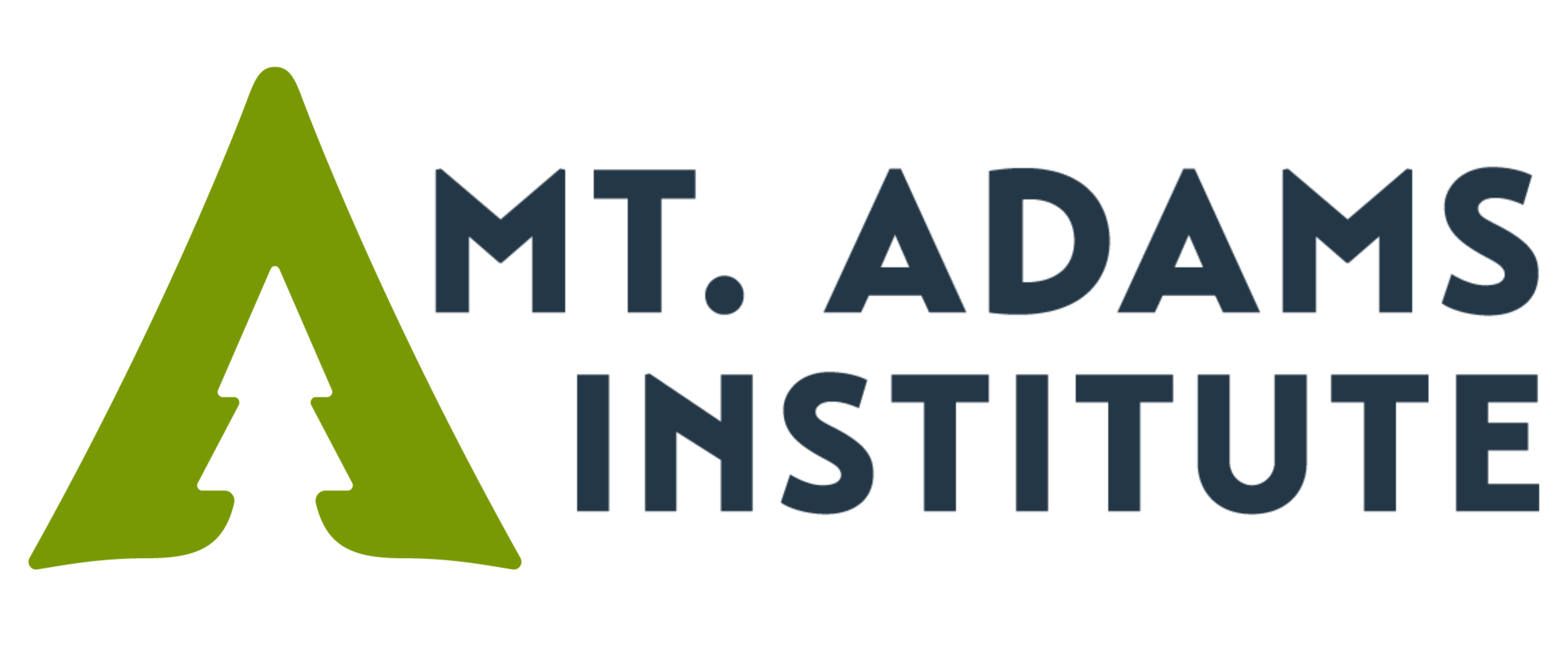
I am serving in the Mt. Adams Institute’s Public Lands Stewards program in Eugene, OR with the Willamette Resources and Educational Network (WREN). WREN is part of the West Eugene Wetlands partnership and we work out of a shared office space, the Red House. The Bureau of Land Management (BLM) runs the office and also manages the wetland site across the street where we host a variety of educational programming. June was National Pollinator Month so our BLM partners decided to put on a Pollinator Day event. Inspired by sun printing paper I found in the office one day, I developed a program for the event about pollinator vision that took advantage of the beautiful array of wildflowers found in our wet prairie habitat. Bees and butterflies see flowers much differently than people do because of their ability to perceive UV light and color; many different types of flowers have patterns that appear under UV light and most resemble bullseyes or landing strips leading towards the center.
In order to see these patterns the way pollinators do, we ordered UV flashlights and I created special flower viewing boxes. I cut holes in the bottom of two boxes, made handles in the side flaps at the top, and attached a cut-open XXL t-shirt at the top. Decorating the boxes became a real labor of love and involved making layered flowers out of construction paper scraps and cutting out little pictures of bees and butterflies (I’m always looking for an excuse to craft). To use the box, you stick your head inside, drape the t-shirt over your shoulders to block out as much sunlight as possible, get a flower into the hole in the bottom, and then shine the UV flashlight onto the flower. And yes, that does look as undignified as it sounds, especially when you’re demonstrating in front of a group of about thirty people. While some families worked on the solar printing craft at the event, I lead others on a wetland tour and we investigated a variety of flowers using the flashlights and the newly dubbed “Pollinator Visionometers.”
We now have a mini-program that can be used in a variety of settings, including the project I’m currently working on. I scaled the lesson up a bit to be able to use it for a collaborative grant involving the Northwest Youth Corps (see photo to learn more). I go out with the crews to work alongside them and address teachable moments in the field and lead a more specific themed lesson each week. I used the pollinator vision program for the first week and talked more in depth about the mechanisms involved in seeing UV light. They were receptive to the talk, but definitely didn’t get as excited about the visionometers as younger kids- it’s hard to look cool in front of your friends when you’re crouched over with your head in a box.
Although I have to learn a lot of acronyms, meeting all of WREN’s partner organizations and learning about they work they do has been a great way to understand the environmental field here in Eugene. It’s great to see so much collaboration and it gives me plenty of ideas to explore how we can continue working together to educate and engage our community. It has been such a joy working outdoors as often as I do, especially in such a lovely place. I’ve led groups of all ages around the wetland many times at this point and each time I’m out there I find something new to learn about and share with others. I appreciate the freedom I have to lead projects and develop my own ideas, and I’m looking forward to what may arise over the course of this position.

